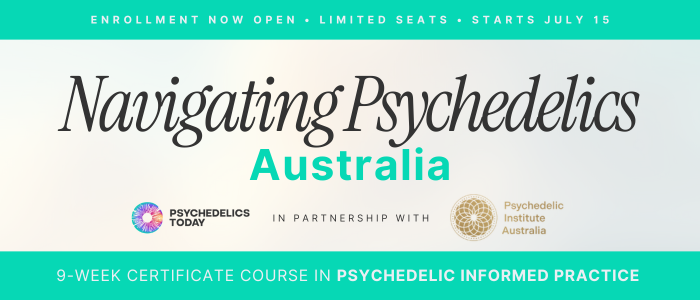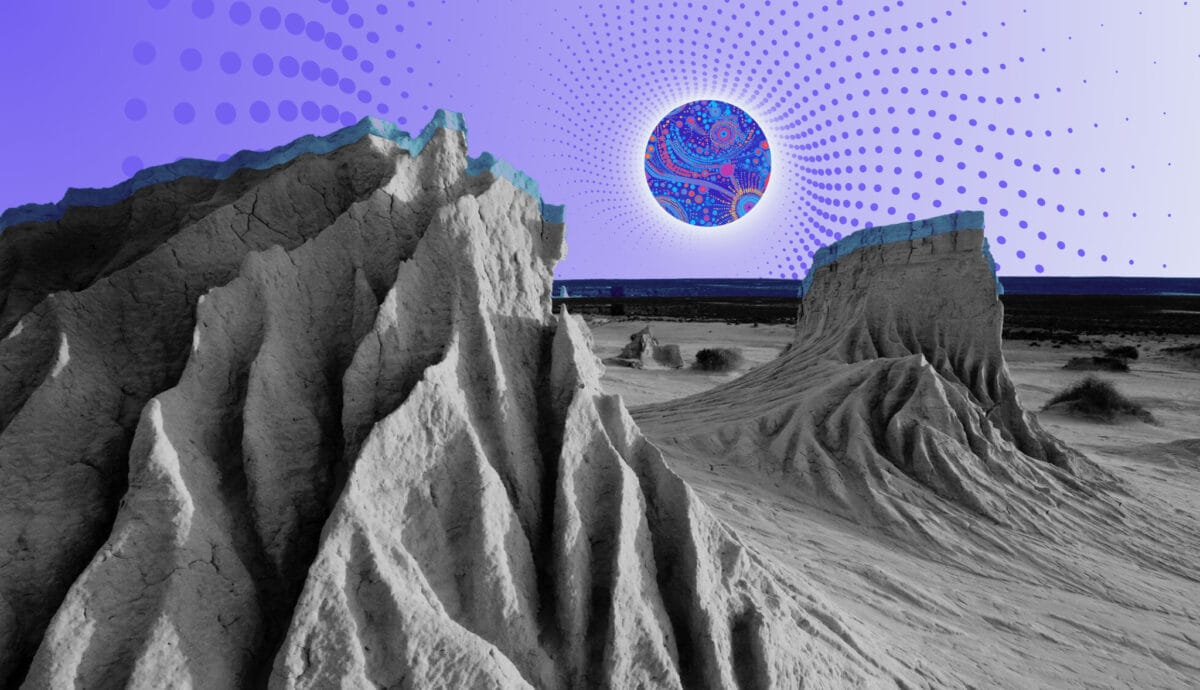Psychedelics have been a part of Australia’s cultural landscape for decades, gaining renewed interest for their potential for healing and self-exploration. If you’re considering or pursuing a career in psychedelics in Australia or want to understand how we got to where we are, you need to know where we’ve been.
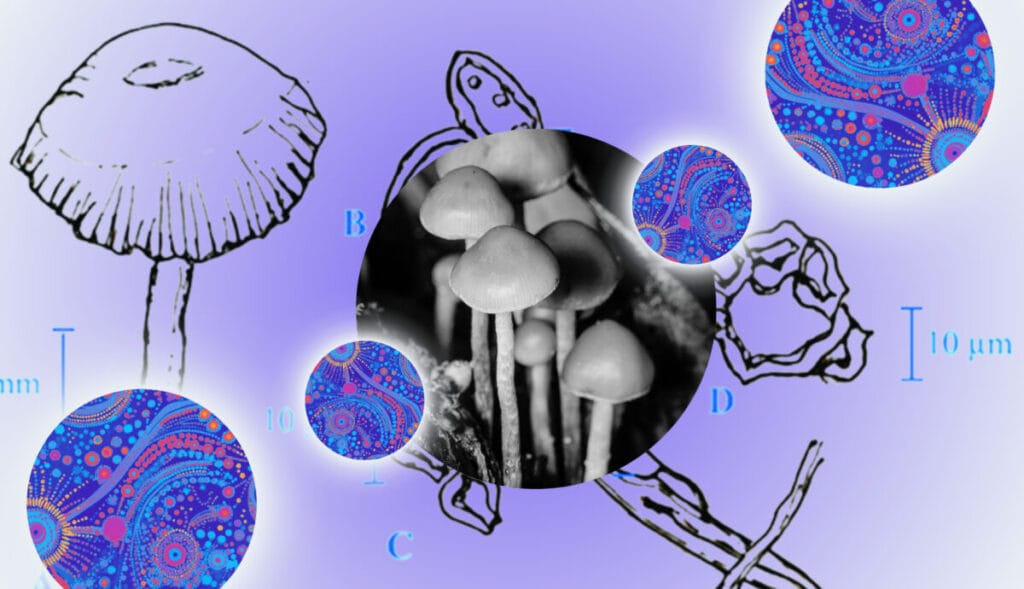
The Deep Past and Early History of Psychedelics in Australia
It’s worth noting this article was written from a non-Indigenous perspective. So, even with the best intentions, any discussion of pre-European psychedelic history given here is inherently incomplete.
Australia has a long and rich history of customs, traditions, and knowledge that pre-dates European colonization by many tens of thousands of years. So, it’s natural to ask about the Indigenous use of species such as Psilocybe subaeruginosa.
Anthropological and historical records don’t support that Indigenous Australians used plants or fungi as classic psychedelics. But we don’t know what natural medicinal knowledge was lost through the widespread displacement, genocide, and destruction of culture that First Nations in Australia have experienced since colonization began in 1788. So, we can’t know for sure.
Some people believe there is secret Indigenous knowledge of psychedelics. If there is, maybe once we collectively acknowledge that modern Australia is built on stolen land, we’d finally be deserving of it. A great deal more reconciliation work needs to be done to improve understanding of Indigenous culture and connection to plant medicine generally.
Regarding psychedelics, Australia was quiet for the next hundred and fifty years after colonization. But during that time, we developed a voracious appetite for mind-altering substances, particularly alcohol, opium, and cocaine. Sadly, we were also relatively early adopters of racially and politically motivated laws prohibiting drugs (other than alcohol, of course). So, when psychedelics finally came onto the scene, we were primed to adopt them enthusiastically and make the same legal and social mistakes as basically every other country attempting to manage drugs in their respective societies.
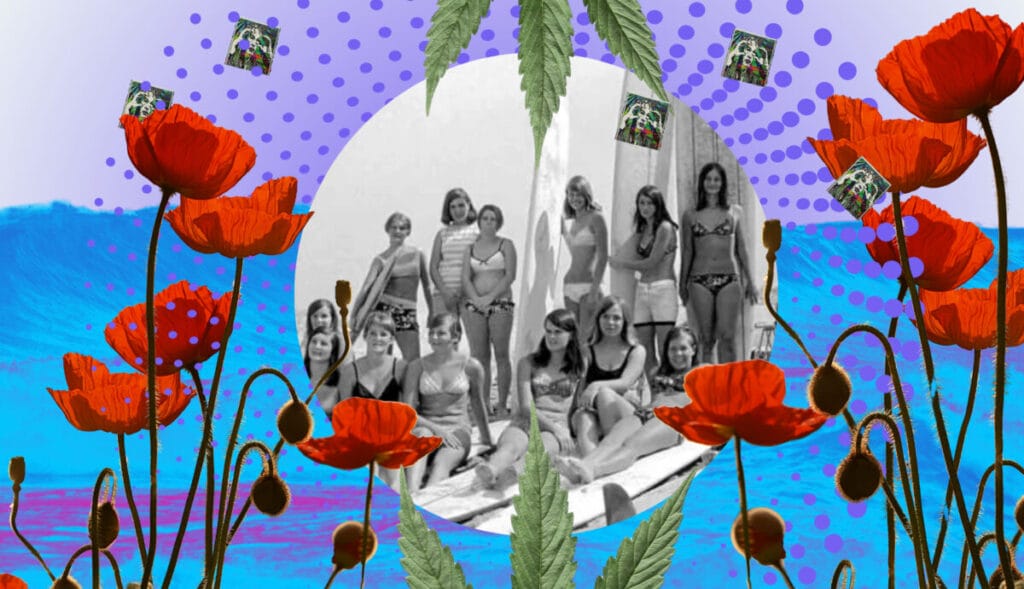
The Counterculture Psychedelic Explosion
Two factors primarily drove the emergence of psychedelics into popular culture in Australia. One was the Vietnam War. American service personnel based here or visiting on leave bought many novel ideas – one of them was LSD (along with heroin and cannabis).
The other was the rise of surfing culture over the ’60s. This attracted surfers, including many from California, who knew about Psilocybe cubensis. In 1969, the Sydney Sunday Telegraph and the Canberra Times claimed that people in southern Queensland and northern New South Wales were eating Psilocybe cubensis for its psychedelic effects. Mycologists, J. Picker and R.W. Rickards reported psilocybin in the native P. subaeruginosa in 1970, and awareness of the potency of this native mushroom spread quickly.
Like the rest of the world, the counterculture era in Australia was also a time when psychedelics were used in questionable circumstances. One of the most high-profile examples centers on a cult known as The Family (also known as Santiniketan Park Association or the Great White Brotherhood). This group operated in the Dandenong area outside of Melbourne and had a small but active membership of medical professionals who practiced an eclectic mix of Christian and yogic traditions.
One of the members, Marion Villimek, owned and operated the Newhaven psychiatric hospital in nearby Kew. Many of the staff at the facility, including psychiatrists and nurses, were also involved with the cult. Officially, the hospital supplied a range of interventions, including LSD psychotherapy. Many “patients” had no official diagnoses, but their treatments were part of the group’s recruitment process.
And while Australian participation in MK-Ultra was mainly around hypnosis research, our defense department reportedly researched how to synthesize mescaline from eucalyptus sawdust (entirely innocent purposes, I’m sure).
The reaction of mainstream society and politicians to psychedelics in Australia largely mirrored the responses elsewhere. Popular culture firmly linked LSD and psilocybin mushrooms to hippie counterculture and the anti-war movement. Local media effectively used these associations to incite wide-scale moral panic. Just as we followed the U.S. into Vietnam, our politicians enthusiastically signed us up for Nixon’s War on Drugs. The party, in every possible sense, was over.
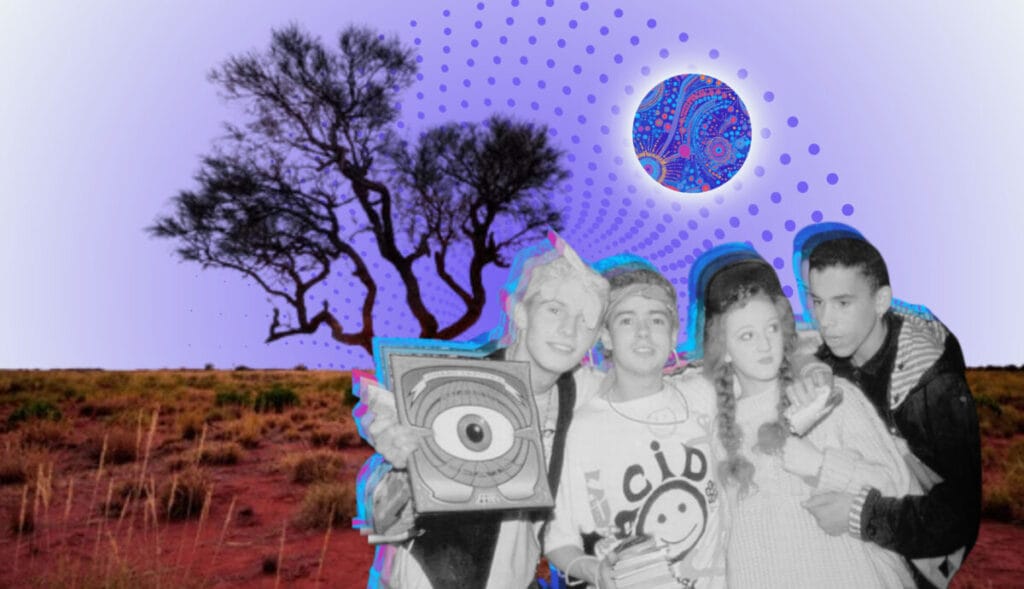
The Underground Revival of Psychedelics in Australia
In the ’80s and ’90s, most above-ground psychedelic activity languished, though isolated pockets of research continued, including Dr. Balvant R. Sitaram’s extensive investigations into the psychotomimetic nature of DMT.
But during this same time, the underground in Australia was quite different. Against a backdrop of burgeoning outdoor raves (locally known as “doofs”) and recreational MDMA, a subtle change was afoot. Entheogenic knowledge was rapidly expanding via dedicated communities of citizen scientists and enthusiastic psychonauts, many of whom were members of the world’s longest-running ethnobotanical online forum, The Corroboree.
In 1992, an enterprising University of Sydney chemistry student found scientific records that there were native acacia species that contained DMT. Their story of finding the plants, extracting, and then trying the DMT would be published in a student newspaper, then find its way onto the Lyceum and Erowid. Australian DMT had been set loose upon the world!
What is possibly the first cutting of ayahuasca vine and a handful of Andean cactus seeds were planted in Australia by Mark Camo in 1994. These plants would eventually form the core of Urban Tribes, one of the best cacti collections in the Southern Hemisphere.
In one of his last journeys abroad, Terence McKenna spoke about DMT at the Beyond the Brain club in Byron Bay in 1997. He also left another B.caapi vine cutting in Australia, setting off a chain of events leading to the rise of local ayahuasca circles.
In 2004, Australia saw the first Entheogenesis Australis (EGA) conference held in Belgrave, Victoria, introducing a wider Australian audience to the study of ethnobotanical plants. The centrality of EGA to psychedelics in Australia can’t be overstated.
For example, in 2010, MAPS founder Rick Doblin attended the EGA Symposium. Discussions with him after a workshop led to the formation of Psychedelic Research in Science & Medicine (PRISM), Australia’s leading psychedelic research charity.
Around the same time as EGA was kicking off, changa appeared. Changa has a range of formulations, but it’s essentially acacia DMT recrystallized on dried B. caapi leaf or bark shavings, along with ingredients such as mullein or blue lotus. Smoking changa is gentler and longer lasting than vaporizing DMT due to the MAOI effect of the ayahuasca leaf.
By the end of 2010, the rise of MAPS and Doblin’s visit gave tapped-in Australians a sense that something bigger was happening with psychedelics. As someone who watched these events unfold from the late ’90s onward, I can tell you – we had no idea what was coming.
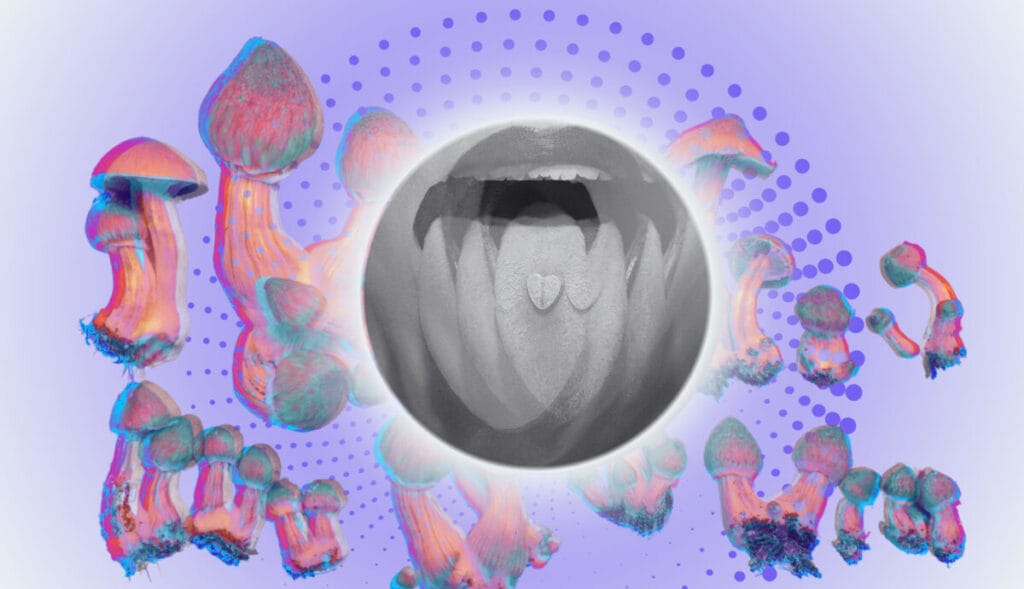
Recent Psychedelic Developments
The last decade has been one of unexpected growth and change for psychedelics in Australia. In terms of above-ground activities and broader community awareness, more has happened since 2000 than in the previous century. New organizations like the Australian Psychedelic Society and Mind Medicine Australia have appeared, each with their own visions for the future of psychedelics, which influenced their focus on issues like clinical access or decriminalization.
But no event was more momentous or surprising than the Therapeutic Goods Administration (TGA) decision to add psilocybin and MDMA to Schedule 8 in February 2023, permitting their use as controlled drugs by specialist psychiatrists (albeit only under specific circumstances and with a great deal of paperwork). This change, driven in no small part by Mind Medicine Australia’s allegedly relentless lobbying, caught many of us off-guard, and has driven a massive and sustained increase in community and commercial interest in psychedelics. The first legal offerings in this area have gone live in recent months, with reported prices for a full course of treatment of up to $25,000 AUD ($16,625 USD).
The underground continues to grow in Australia as more people become aware of the potential of psychedelics to relieve suffering, to change how they relate to the world and themselves. Psilocybin use has doubled since 2019, meaning that nearly 500,000 Australians used them between 2022 and 2023. If nothing else, this should serve as a reminder that, in terms of raw numbers at least, the mainstream of psychedelics here is very much out in the wild.
Organizations such as AMAPP aspire to be the peak body for legal psychedelic-assisted therapy in Australia. Clinical professionals are navigating new processes with regulators, for treatments they may never have administered before. Legal reform advocates continue their efforts to end the War on Drugs.
How any of this will play out is uncertain. But there’s definitely something meaningful happening with psychedelics in Australia worth paying attention to.
